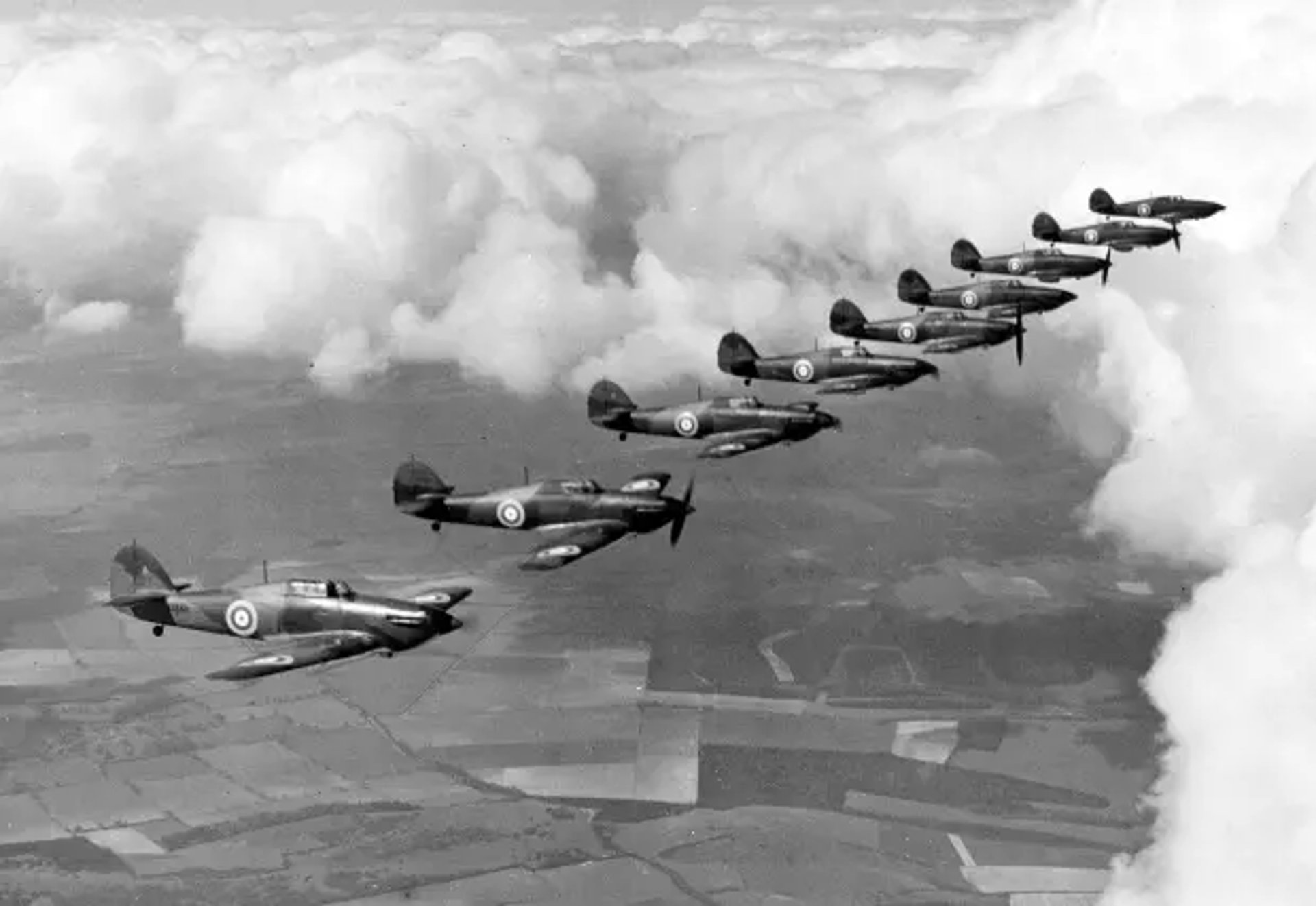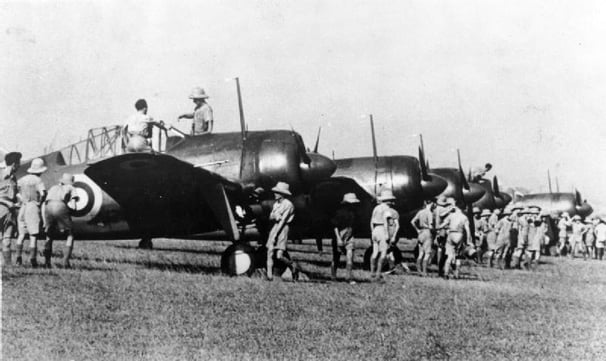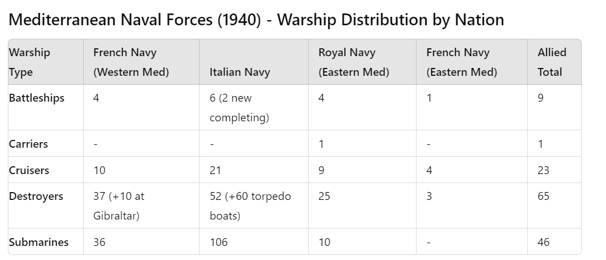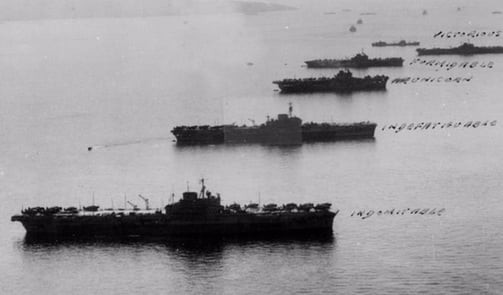
You didn’t come this far to stop
Reconfiguration of British Strategy
Descent into Hell, Episode 7: Reconfiguration of British Strategy
The fall of France in June 1940 was a seismic event in World War II that profoundly impacted British military strategy. With France defeated and its military and naval forces neutralized, Britain found itself isolated and facing a dramatically changed strategic landscape. This episode examines how the collapse of France reshaped Britain's defense priorities, increased pressure on the Royal Navy, and led to a critical reliance on air power in the Far East. It also highlights the strategic misjudgments and resource allocation issues that left key territories vulnerable.
WW2 HISTORYDESCENT INTO HELLIN THEIR FOOTSTEPS BLOG
Toursofwar.com
7/20/20246 min read
Reliance on Air Power for Far East Defense
The fall of France removed a key ally from the defense of British territories in the Far East, leading to a major reevaluation of military strategy. The British Chiefs of Staff quickly recognized that without the French fleet, the Royal Navy could not maintain a significant presence in the region. As a result, the focus shifted to the Royal Air Force (RAF) as the primary means of defense.
With the French fleet out of the equation, British military leaders had to reevaluate their defense strategy for the Far East. The British Chiefs of Staff concluded that Britain's Far East defense strategy was essentially "stone cold dead" without the French naval support. Consequently, the emphasis shifted to relying heavily on the Royal Air Force (RAF) to protect territories like Malaya and Singapore. However, the RAF's presence in the region was critically under-resourced. At the time, the RAF in the Far East operated only 88 first-line aircraft, well below the 336 deemed necessary to effectively counter potential Japanese aggression.


Critical Under-Resourcing: Despite this strategic shift, the RAF was severely under-equipped in the Far East. At the time, it had only 88 first-line aircraft available, far short of the 336 that were deemed necessary to defend against a potential Japanese invasion. This lack of air power left Malaya and Singapore extremely vulnerable.
Increased Vulnerability: The overreliance on a poorly resourced RAF highlighted the weaknesses in Britain's Far East defense strategy. The lack of sufficient aircraft and support infrastructure in the region meant that any sustained Japanese offensive would be difficult to counter, leaving critical territories exposed to the advancing Japanese forces.
With the fall of France, Britain faced the immediate threat of a German invasion. The Battle of Britain, which began in July 1940, became the top priority for British military planners. This necessitated a significant allocation of resources to the defense of the British Isles, further limiting the ability to reinforce other critical areas like the Far East.


The Battle of Britain Begins
Resource Diversion: The need to defend the homeland meant that the RAF’s limited resources were concentrated on protecting Britain from German air assaults. This decision, while necessary, had far-reaching consequences for the defense of British colonies in Asia.
Strategic Implications: The prioritization of home defense over the protection of distant territories reflected a strategic gamble. By focusing on defending Britain from immediate threats, the British government inadvertently left its Far East colonies vulnerable to Japanese aggression.
Prioritization of Home Defense
The Onset of the Battle of Britain: Beginning in July 1940, the RAF was tasked with defending Britain against German air assaults. This urgent need limited the ability to reinforce distant theaters like the Far East, further undermining Britain’s strategic position.
Churchill’s Strategic Dilemma: Winston Churchill’s emphasis on defending Britain at all costs meant that other regions, including the Far East, had to be deprioritized despite the growing threat from Japan.
Did You Know?


RAF Resource Crisis: At the time of the Chiefs of Staff’s assessment in June 1940, the RAF in the Far East was critically under-resourced, with only 88 first-line aircraft available, compared to the 336 needed to effectively counter potential Japanese aggression. This severe shortfall highlighted the vulnerability of British territories in the region.


Critical flaws in British strategic planning
Strategic Misjudgments and Flaws
The collapse of France also exposed several critical flaws in British strategic planning. Winston Churchill’s reliance on the Royal Navy to defend Singapore, despite the growing threat of Japanese land assaults, proved to be a significant misjudgment.
With the fall of France, Britain's military strategy had to pivot significantly. The Western Front, once a central focus of British and Allied efforts, was effectively neutralized. Over the next four years, the British war effort was redirected primarily towards the air and naval battles, especially in the Mediterranean and the Atlantic.
Overreliance on Naval Power: Churchill’s belief that the Royal Navy could defend Singapore from any threat led to a dangerous underestimation of the possibility of a Japanese land invasion through the Malayan Peninsula. This misjudgment left Singapore unprepared for the eventual Japanese onslaught.
Failure to Address Land-Based Threats: The British defense plan failed to adequately consider the land-based threats posed by Japan. This oversight allowed Japanese forces to advance rapidly through Malaya, culminating in the fall of Singapore, a major blow to British prestige and military power in the region.
Key Points
Dunkirk and the Fall of France: Marked a dramatic shift in British strategy, forcing the nation to abandon the Western Front and focus on air and naval warfare.
Increased Pressure on the Royal Navy: The loss of French naval support left the Royal Navy stretched thin across multiple theaters, weakening Britain’s global defense capabilities.
Reliance on Air Power: The RAF was thrust into a primary role in defending the Far East, despite being critically under-resourced.
Home Defense Priority: The Battle of Britain demanded top priority, leaving the Far East and other distant territories vulnerable.
Strategic Misjudgments: Churchill’s overreliance on naval power and underestimation of land-based threats contributed to the eventual downfall of British defenses in Malaya and Singapore.
Reassessment of Resource Allocation


The fall of France forced Britain to confront the inadequacies in its defense strategy and resource allocation. With the immediate threat of German air superiority over Britain requiring top priority, resources had to be concentrated on defending the homeland. This shift in focus exposed vulnerabilities in distant territories, which were left inadequately defended due to the lack of available resources. Britain’s reassessment of its strategic priorities highlighted the need for a more balanced approach to resource allocation and strategic planning to address emerging threats effectively.
Strategic Flaws Exposed: The fall of France forced Britain to critically reassess its defense strategy, exposing significant flaws in resource allocation, particularly the overemphasis on naval power and the neglect of air and land-based defenses in the Far East.
Adaptation: Britain focused on denying German air superiority over Britain and sought ways to exploit German weaknesses, while distant colonies were left vulnerable due to the lack of available resources.
Conclusion
The fall of France in 1940 was a watershed moment that forced Britain to reevaluate its military strategy and resource allocation. The loss of French naval support, the need to prioritize home defense during the Battle of Britain, and the reliance on the RAF for Far East defense exposed critical vulnerabilities. Strategic misjudgments and an overemphasis on naval power further complicated Britain's ability to defend distant territories. This episode underscores the importance of adaptability, comprehensive planning, and the need to address emerging threats in wartime strategy.
How You Can Help
Donations and Sponsorships: We are seeking corporate sponsorships and donations to fund ongoing restoration projects and educational programs. Your support can make a significant difference in maintaining the quality and impact of the museum.
Volunteer Opportunities: If you have expertise or time to offer, consider volunteering with us. There are many ways to get involved, from artifact restoration to educational outreach.
Spreading the Word: Share this blog and our mission with your network. The more people who know about the JEATH War Museum and its significance, the greater the impact we can achieve together.
The St Andrews Research Team is dedicated to preserving the legacy of the Thai-Burma Railway and the memories of those who suffered. We need your support to continue our work. There are several ways you can help:
Join the Cause!
If you or someone you know is interested in supporting this cause, please get in touch.
This is a chance to be part of something truly meaningful and impactful.



Together, We Can Make a Difference!
This is a veteran-run project, and we need your help to make it happen. Stand with us in honoring the legacy of the POWs and ensuring their stories are never forgotten.
